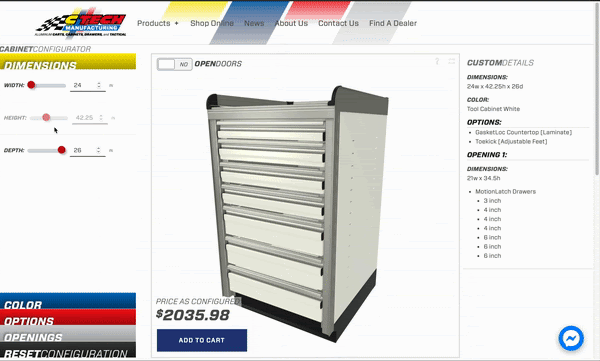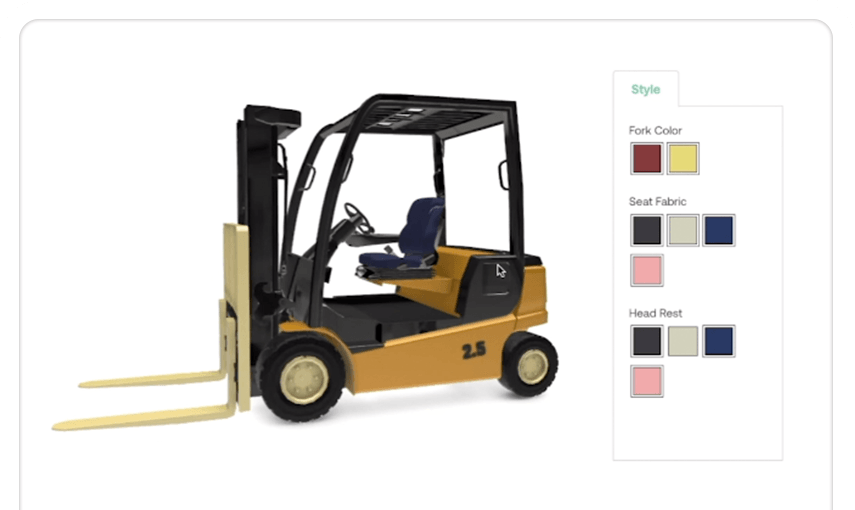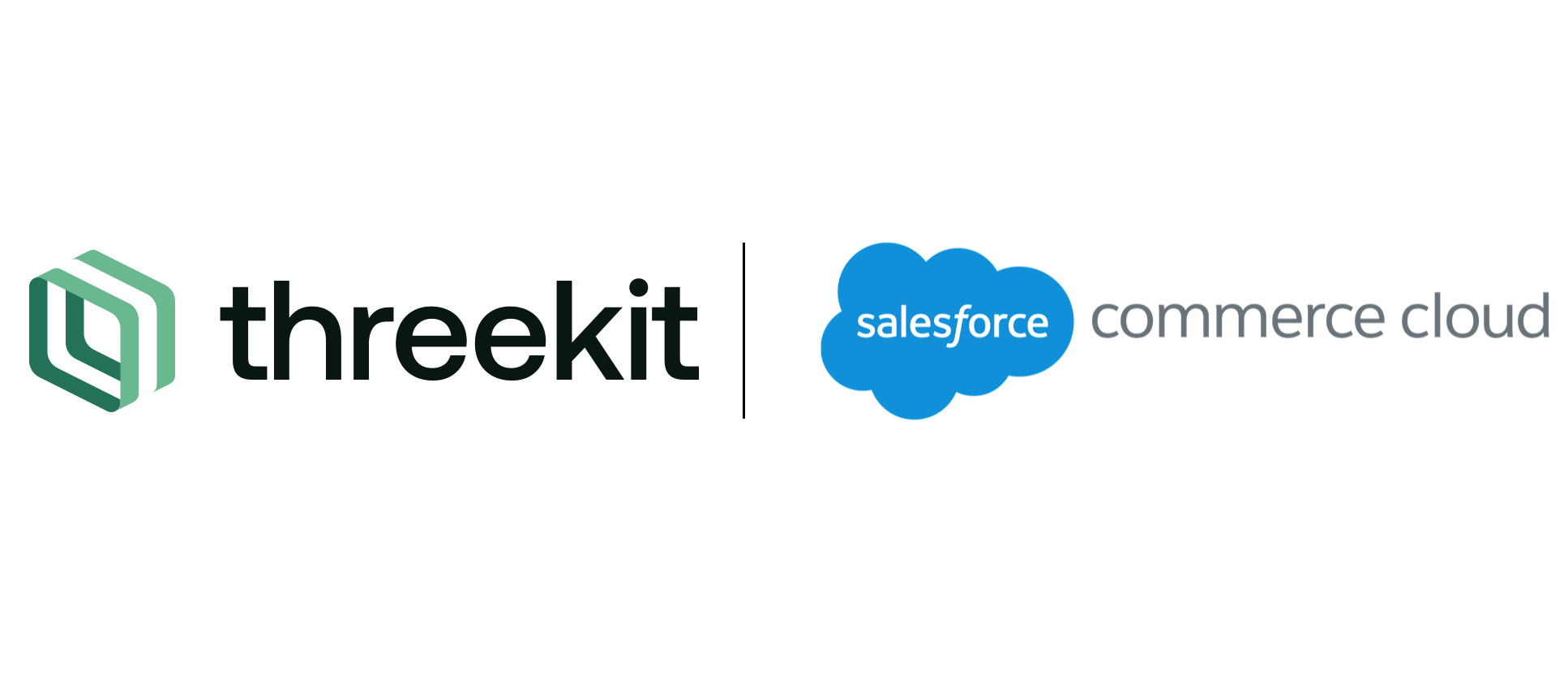The Next Generation of B2B Sales: How to Sell Virtually in 2022
We’re living in a time of rapidly accelerating change.
Amidst the coronavirus pandemic, a new normal has emerged with the overnight growth of eCommerce sales.
With B2B, the reaction has been just as swift, causing salesforces to have to rapidly adapt their approach to adjust to virtual selling. The pandemic also expedited three trends that were already picking up steam:
Buyers prefer self-guided digital research before talking to sales: According to Forrester, In 2018, 67% of B2B buyers said that they do not want to interact with salespeople as their primary source of research.
B2B products are being commoditized: As suppliers supply a wider group of organizations, B2B companies must move upmarket so as not to become a commodity. This means offering more complex products that come with higher margins.
Once in touch, buyers expect more engagement from sales (but not necessarily more phone conversations): Buyers expect a multi-touch “Amazon-like” buying experience that exists across digital channels of their choice. And in most cases, they'll opt for convenience over longstanding relationships in their sales interactions.
Here are three ways B2B teams can drive more virtual sales right now.
1) Sell across the entire customer journey.
When B2B buyers were polled by Forrester in 2018, 70% said that buying from a website was more convenient than buying from a sales rep when purchasing products or services for work.
The first step is to make sure you’re letting prospects take charge of discovering your product so they feel comfortable reaching out to sales.
Are your prospects able to build, customize, and price your product from your website? If not, consider if you are satisfying the 70% of B2B buyers who say they want to do their own research first.
Here’s an example of Oak Beams Truss, a Threekit customer that allows prospects to build truss beams using parametric configuration
and to customize the style, design, amount of wood, and cost, all in real time.
Finally, consider enabling eCommerce functionality so B2B buyers can buy immediately from your site. Coca Cola reported that it reduced its average cost per interaction by 85% by moving offline B2B customers online.
2) Differentiate your product.
Today’s prospects are less likely to believe tag lines like “our customers come first." To a growing extent, you need to show, not tell.
Instruct sales on a more consultative sales process. This means building the product in real time so that it addresses the complex needs that the buyer is describing.
When your sales team knows the prospect's challenges, competitive threats, and opportunities, they can precisely identify and share the features that will meet their needs.
B2B customers value efficiency and convenience. By doing these things quickly and easily, you're implicitly showing the prospect that your company is easy to do business with.
3) Engage customers in new and innovative ways.
Buyers expect engagement from sales, and opportunities for virtual engagement have never been more varied. Sales professionals can use email, video, chat, and text, rather than just phone calls. While shifting to remote selling from face-to-face selling is an adjustment for many, it's also most shoppers' preference–a recent McKinsey study showed that more than three quarters of B2B buyers and sellers now prefer digital interactions to in-person sales.
Sales reps should plan on engaging prospects with video calls, even on the first call. Seeing a friendly face and connecting visually is one of the easiest ways to build trust.
After intros, encourage reps to get into the product and provide consultative direction. It’s less about “selling” and more about guiding the right resources to prospects.
For instance, Threekit configures our B2B customers' products in real time over Zoom video conferencing to best suit the needs of their prospects.
After the demo, the sales rep sends the chosen configured product (via link or PDF) to the prospect with every customization done, a full bill of materials (BOM), and pricing finalized.
An additional follow-up is a QR code that the prospect can scan (and send to others) to see their configured product in 3D on their phone and also easily place it in augmented reality.
If the B2B decision maker still wants to explore your product, then you can give them access to the configurator and let them come up with their own ideas.
The future is bright for virtual B2B sales.
The landscape of B2B sales strategy has changed dramatically and rapidly. More than ever, B2B companies should focus on selling across the entire customer experience, differentiating their product, and engaging buyers more with the various digital tools at their disposal. Those that manage the change will benefit with a bright future.


